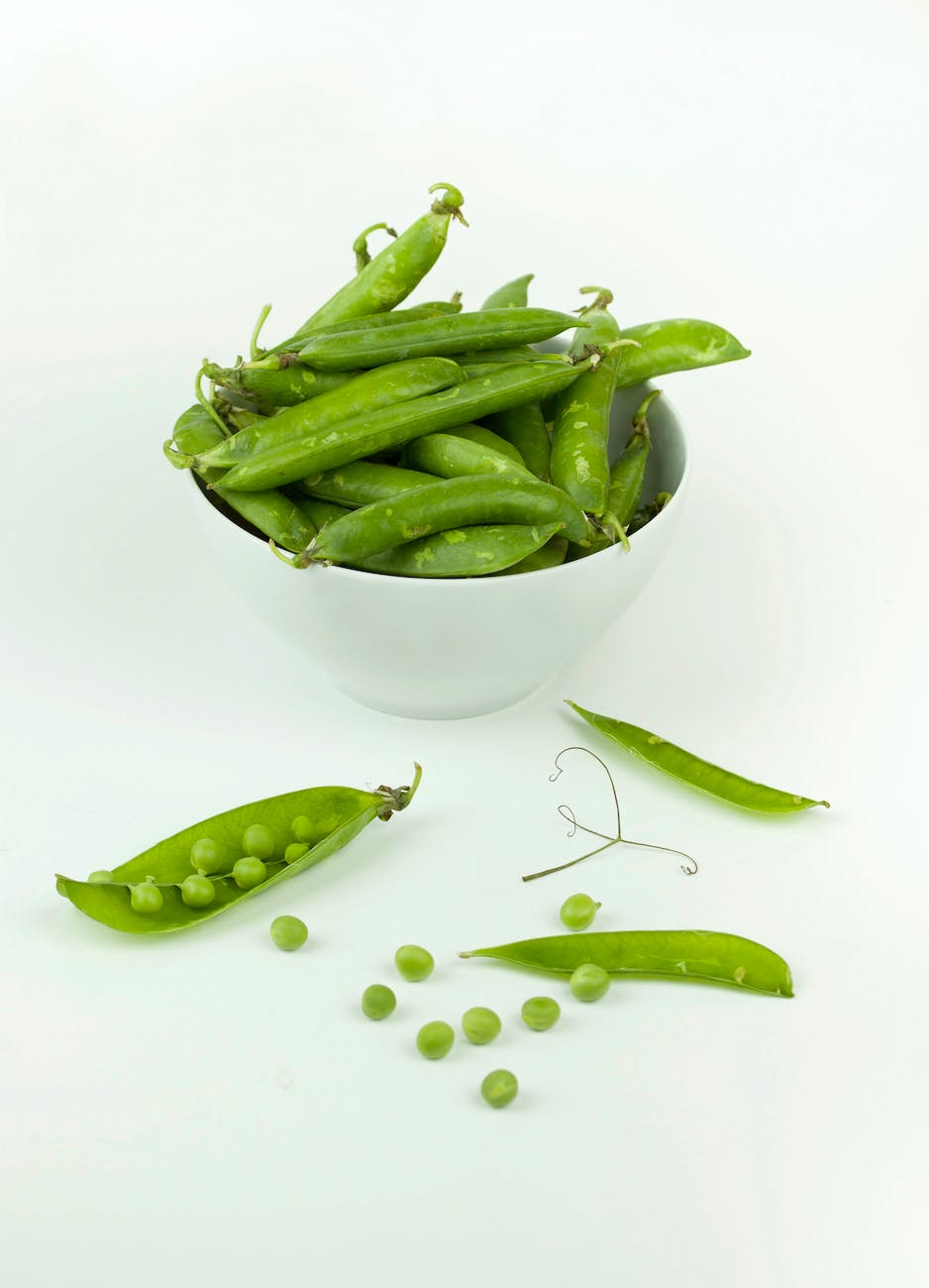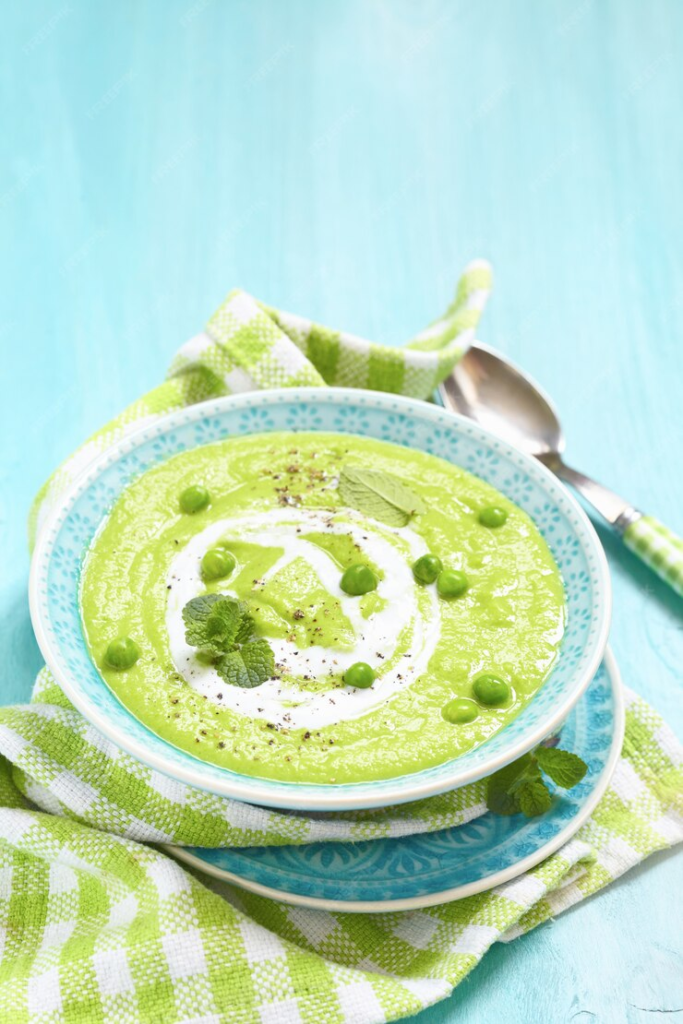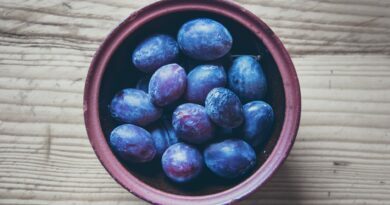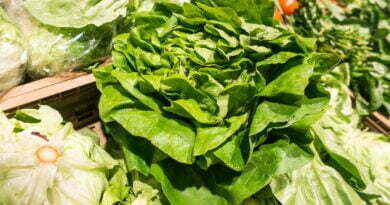A Gardener’s Guide to Growing Peas: Tips for Allotment Success
Peas are one of the easiest and most rewarding vegetables you can grow in an allotment, offering both simplicity in cultivation and a high yield of delicious, nutrient-packed pods. These small yet mighty vegetables thrive in a variety of conditions, making them an ideal choice for beginners and seasoned gardeners alike. Rich in essential vitamins such as A, B, C, and K, as well as minerals like iron and magnesium, peas contribute a valuable nutritional boost to any meal. They have a naturally sweet, crisp flavor when freshly picked, and their tender texture makes them perfect for a range of dishes, from light salads to hearty stews.
Growing peas also brings several benefits beyond just their taste and nutrition. Pea plants are nitrogen-fixing legumes, which means they help enrich the soil by converting atmospheric nitrogen into a form that plants can use. This natural fertilisation process improves the quality of your soil for future crops, making peas a sustainable addition to your garden.
Whether you’re looking to start your first vegetable patch or add variety to your established plot, peas are a fantastic choice. In this guide, you’ll find step-by-step instructions for growing peas in your allotment, from planting to harvest. Plus, once you’ve enjoyed the experience of harvesting fresh peas, you’ll find creative meal ideas to make the most of your produce, so you can savor the flavor of homegrown goodness in every bite.

- Choosing the right variety
There are two main types of peas: shelling peas (also called garden peas) and snap peas (also called sugar snap peas). Shelling peas are the traditional peas that need to be removed from the pod before eating. Snap peas, on the other hand, have an edible pod that is sweet and crunchy.
When choosing a variety, it’s essential to consider your climate and soil conditions. Some varieties are better suited for cooler climates, while others are more tolerant of heat. Additionally, some varieties grow taller and require staking, while others are bushy and don’t need support.
Some popular shelling pea varieties include ‘Kelvedon Wonder,’ ‘Green Arrow,’ and ‘Lincoln.’ Snap pea varieties include ‘Sugar Snap,’ ‘Sugar Ann,’ and ‘Cascadia.’
- Preparing the soil
Peas prefer well-draining soil that is rich in organic matter. Prepare the soil in the fall or early spring by adding compost or well-rotted manure. Peas also prefer a slightly acidic soil with a pH of around 6.0 to 7.5.
- Planting
Peas can be sown directly into the soil in early spring as soon as the soil can be worked. For an earlier harvest, you can start them indoors four to six weeks before the last frost date and transplant them outside once the soil has warmed up.
Plant the seeds 1 inch deep and 2 to 3 inches apart, in rows that are 18 to 24 inches apart. Make sure to water the seeds immediately after planting to ensure good germination.
- Supporting the plants
Most shelling pea varieties require support as they grow, while snap pea varieties are usually self-supporting. If you’re growing shelling peas, install stakes or trellises around the plants when they reach 6 inches tall. This will help the plants grow upright and keep the pods off the ground.
- Watering and fertilising
Peas need consistent moisture to produce a good crop. Water the plants regularly, especially during hot and dry weather. It’s also important to fertilise the plants with a balanced fertiliser every four to six weeks.
- Harvesting
Shelling peas are ready to harvest when the pods are plump and the peas inside have filled out. Snap peas are ready to harvest when the pods are 3 inches long and the peas inside are still small and tender.
Harvest the pods regularly to encourage the plants to produce more. You can eat the peas fresh or store them in the refrigerator for up to a week.

Health Benefits
Peas are a nutritious legume that is widely consumed as a vegetable. They are a good source of fiber, vitamins, and minerals, and offer several health benefits. Here are some of the health benefits of peas:
- Rich in nutrients: Peas are a good source of vitamins C and K, folate, iron, and manganese, making them a nutritious food choice.
- Promotes heart health: Peas are rich in fiber and potassium, which help to lower blood pressure and reduce the risk of heart disease.
- Supports digestion: The high fiber content in peas can help promote healthy digestion and prevent constipation.
- Lowers the risk of chronic diseases: The antioxidants in peas, such as flavonoids and carotenoids, can help reduce inflammation in the body and lower the risk of chronic diseases like cancer, Alzheimer’s disease, and diabetes.
- Helps with weight management: Peas are low in calories and high in fiber and protein, which can help promote feelings of fullness and support weight management.
- Boosts immune function: Peas are a good source of vitamin C, which can help boost immune function and protect against infections.
Overall, peas are a nutritious food that can provide several health benefits. Adding peas to your diet can be a delicious way to support your health and well-being.
Meal ideas:
- Pea and mint soup: sauté onions and garlic in a pot, then add peas and chicken broth. Cook until the peas are tender, then blend until smooth. Serve with a dollop of crème fraiche and fresh mint leaves.
- Pea risotto: cook arborio rice in chicken broth, then add sautéed onions, garlic, and peas. Finish with grated parmesan cheese and fresh parsley.
- Snap pea salad: blanch snap peas for 30 seconds, then toss with mixed greens, cherry tomatoes, sliced radishes, and a lemon vinaigrette.
- Pea and ham pasta: cook pasta according to package instructions, then sauté diced ham and onions in a pan. Add peas and a splash of cream, then toss with the cooked pasta. Top with grated parmesan cheese and fresh parsley.
- Pea and potato curry: sauté onions, garlic, and ginger in a pot, then add diced potatoes and vegetable broth. Cook until the potatoes are tender, then add peas and curry powder. Serve with rice and naan bread.
- Pea and bacon quiche: line a pie crust with cooked bacon and shredded cheddar cheese. Whisk together eggs, milk, and thawed frozen peas, then pour into the crust. Bake at 375°F for 30-35 minutes, or until the filling is set.
- Pea and prosciutto crostini: toast baguette slices, then top with whipped goat cheese, prosciutto, and blanched sugar snap peas. Drizzle with honey and balsamic glaze.
- Pea and salmon stir-fry: sauté sliced bell peppers and sugar snap peas in a wok, then add diced salmon and soy sauce. Serve over rice or noodles.

Growing peas in an allotment is a truly rewarding experience that not only yields a fresh, nutrient-dense harvest but also connects you to the satisfying process of cultivating your own food. By following the steps outlined in this guide, you can look forward to a thriving crop of sweet, delicious peas that will enhance your meals throughout the growing season. With their versatility in the kitchen, you’ll find endless ways to enjoy your bounty—from simple side dishes to hearty mains and even refreshing salads.
Each time you harvest, you’ll appreciate the fresh, crisp flavor of homegrown peas, knowing they’re packed with nutrients and grown with care. Plus, your allotment benefits from the natural soil enrichment peas provide, setting up a stronger foundation for future plantings. Whether you’re just starting out or are a seasoned gardener, growing peas is a simple yet fulfilling endeavor.
So get ready to enjoy both the gardening journey and the culinary possibilities that come with it. Happy gardening, happy harvesting, and happy eating!




